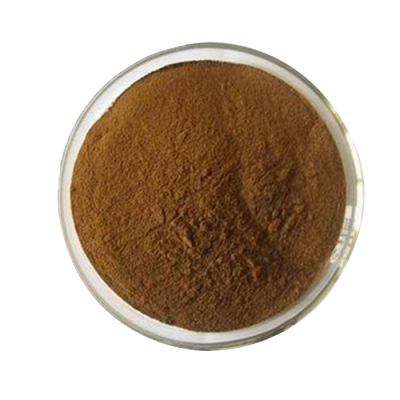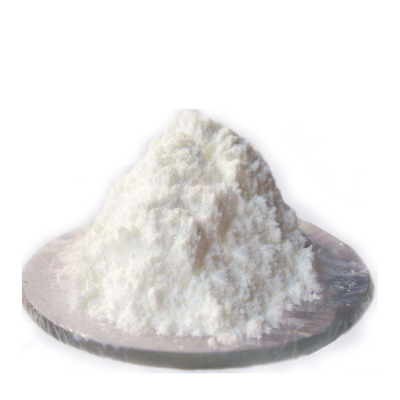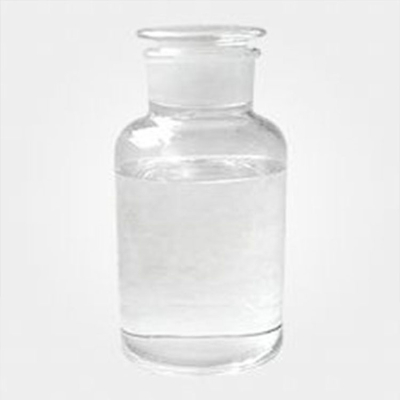Pears, apples, guavas, quinces, plums, gooseberries, oranges as well as other citrus fruits consist of a large quantity of pectin, while soft fruits such as cherries, grapes and strawberries include a percentage of pectin.
The common material of pectin in fresh vegetables and fruits is:
Apple, 1 – 1.5%
Apricot, 1%
Cherry, 0.4%
Orange, 0.5 – 3.5%
Carrot 1.4%
Orange peel, 30%
Rose fruit, 15%
The main raw materials for pectin manufacturing are dried orange peel or apple pomace, which are by-products of fruit juice manufacturing. A percentage of beet pomace is also utilized.
From these materials, pectin is removed by adding warm dilute acids with pH values from 1.5 to 3.5. During a number of hrs of extraction, protopectin will certainly shed some branch chains as well as chain length as well as get in the option. After filtering, the remove is focused in vacuum cleaner, and then ethanol or isopropanol is included in precipitate pectin. The old technology of precipitating pectin with aluminum salt is no more used (except for alcohol as well as multivalent cations, pectin will certainly also speed up with protein and cleaning agent).
The pectin sped up by alcohol is after that divided, washed as well as dried out. Treatment of the preliminary pectin with weaken acid resulted in low esterified pectin. When the procedure consists of ammonium hydroxide (NH 3 (aq)), amidated pectin is gotten. After drying as well as grinding, pectin is usually standardized with sugar, in some cases with calcium salts or organic acids, to maximize efficiency in specific applications.





